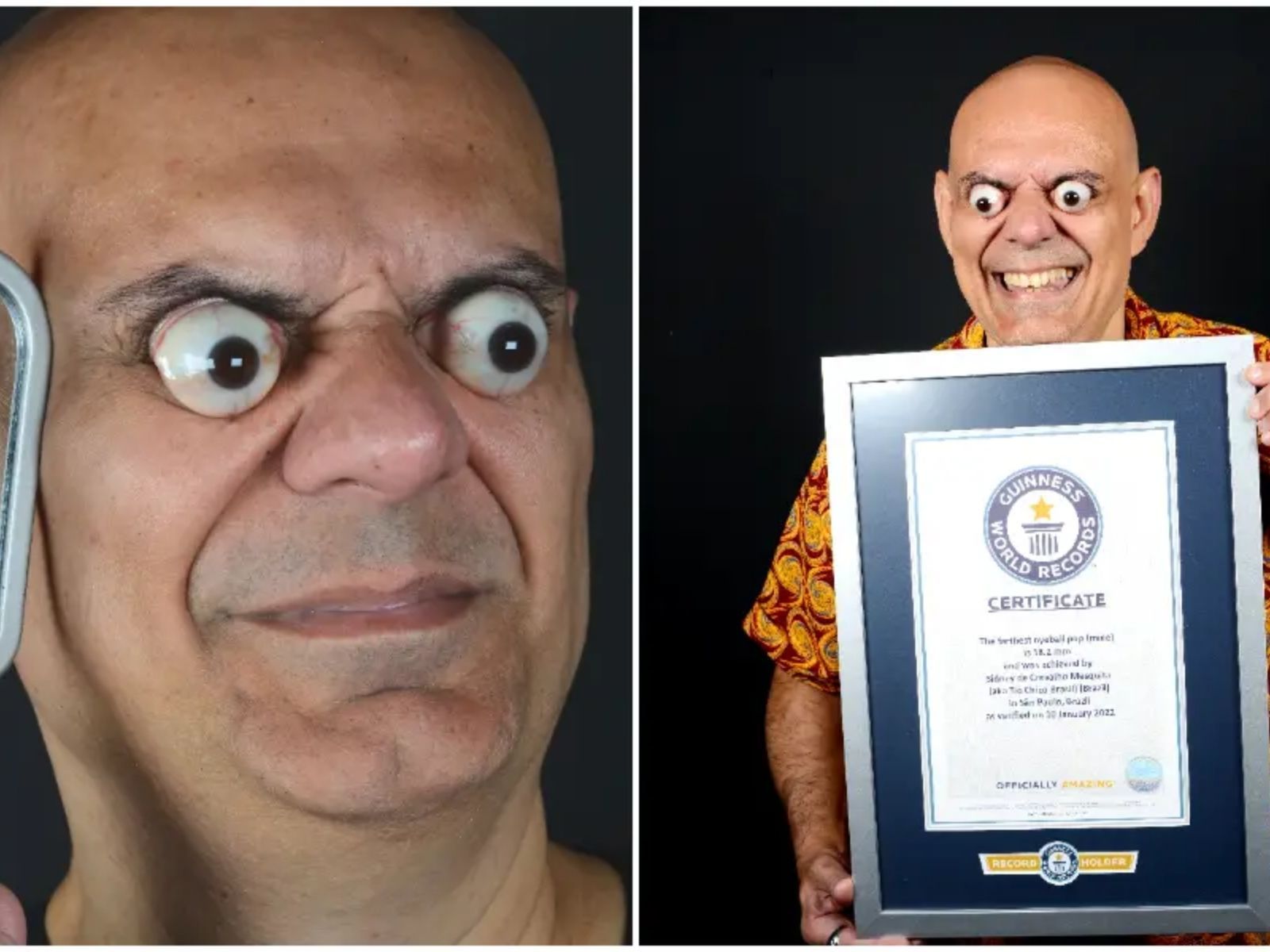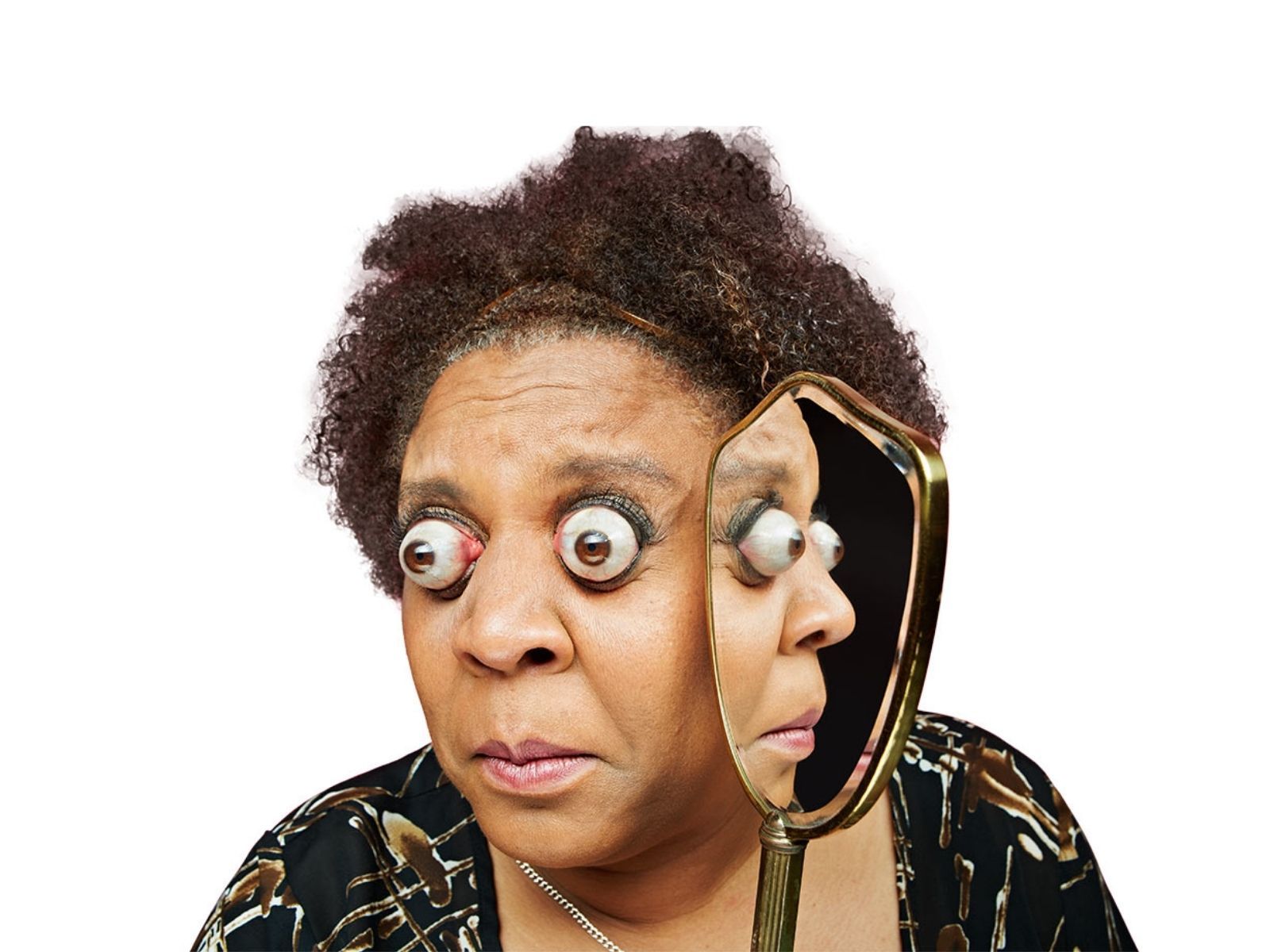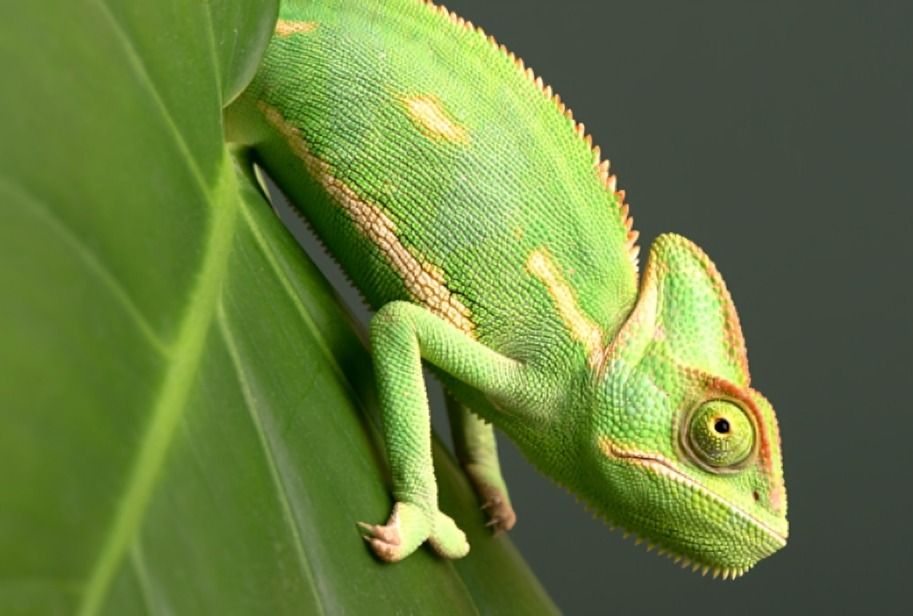
“
Have you ever wondered why your eyes can see so many amazing things? They're like tiny, sparkling gems that can blink, see colors, and even dream! In this blog, we'll explore how your eyes work like superheroes, protecting you and helping you explore the world. From learning how to read with your special eye powers to discovering why cats and owls are night-time experts, get ready for an eye-opening adventure full of wonder and excitement. So, let's dive in and uncover the incredible secrets of your eyes!1
1
”
You see with your brain, not just your eyes. Your eyes capture light like cameras and send this data to your brain, where the real magic happens. Interestingly, your eyes see everything upside down, and it's your brain that flips the images right-side up! 1
Over 1 in 8 males are colour-blind, which means they perceive colours differently than those with normal vision. This condition often affects their ability to distinguish between red and green shades. As a result, everyday activities like reading traffic lights can be more challenging.2
Eyes have an incredible ability to heal quickly. In fact, a minor corneal scratch can mend itself in just about 48 hours. This rapid recovery is like your eyes' superpower, keeping your vision clear and sharp! 3
Newborn babies cry, but they don't produce tears until around six weeks of age. Their tear ducts aren’t fully developed at birth. So, while they may cry, tears don’t start flowing until they’re a bit older. 4

A man from Brazil set a Guinness World Record for popping his eyes out the farthest, with his eyeballs protruding 18.2 mm beyond their sockets. This jaw-dropping feat was verified on January 10 this year, using a proptometer to measure the eye protrusion.

The giant squid possesses the largest eyes of any animal, with a diameter of up to 10 inches (25 cm). These immense eyes are adapted to see in the pitch-black depths of the ocean, where light is minimal.
The first successful eye surgery is credited to ancient Egyptian physicians around 2000 BCE, who performed procedures to treat cataracts using a technique called couching. This early method involved displacing the cloudy lens to restore vision.5
The cornea of a shark is astonishingly similar to that of a human and has even been used in eye surgeries! This remarkable similarity allows shark corneas to be used as substitutes in medical procedures. It’s amazing how the natural world can offer solutions to human challenges! 6

Kim Goodman from the USA holds the record for protruding her eyeballs 12 mm (0.47 in) beyond their sockets. Measured in Istanbul on November 2, 2007, using a proptometer, she discovered this talent after a hockey mask hit her. Now, she can pop her eyes out on cue!
You tend to blink more often while talking, as your eyes adjust to the rhythm of conversation. This increased blinking helps keep your eyes moist and focused. It’s a clever way our bodies support smooth communication! 7
A blink usually lasts just 100-150 milliseconds, a tiny fraction of a second. Despite its brevity, this quick action is essential for keeping your eyes moist and protected. It’s a small but crucial part of how your eyes stay healthy and alert! 8
The octopus boasts exceptional underwater vision, with eyes capable of detecting polarized light. Its sophisticated lens system enables it to focus on objects at various distances, enhancing its ability to navigate and hunt in the ocean's depths. 9
People typically read 25% slower on screens compared to paper. Staring at a computer reduces blinking, leading to eye strain and fatigue. This slower pace and tired eyes are common side effects of prolonged screen use. 10
The human eye can detect up to 10 million different colors, allowing us to see a vibrant spectrum of hues. This remarkable range is due to the complex way our eyes and brain work together to perceive colors. It’s an incredible feature that adds depth and richness to our visual experience! 11

The human eye can see details as small as 100 microns. Remarkably, Veronica Seider from the University of Stuttgart had 20 times better vision in 1972. So, if you're slacking, she might be watching you from afar!

The chameleon can move each eye independently and has a nearly 360-degree field of view. This unique adaptation enables it to detect predators and prey from nearly any angle, enhancing its survival in the wild.
The peregrine falcon has the sharpest eyesight in the animal kingdom. Its vision is approximately 2.6 times better than that of humans, allowing it to spot prey from great distances while flying at speeds over 200 mph (320 km/h). 12
Your eyes love playing tricks on you! Optical illusions are pictures that can make things look totally different than they really are. Sometimes, lines can appear wavy, or colours can seem to change right before your eyes! 13
Smart contact lenses are being engineered to monitor health metrics like glucose levels and intraocular pressure. These lenses can potentially provide real-time data for managing diabetes and other conditions while also offering augmented reality features. 14
Researchers are developing advanced bionic eyes that can restore vision to the blind. These devices use a combination of microelectrodes and retinal implants to convert visual information into electrical signals, which stimulate the remaining healthy retinal cells. 15

